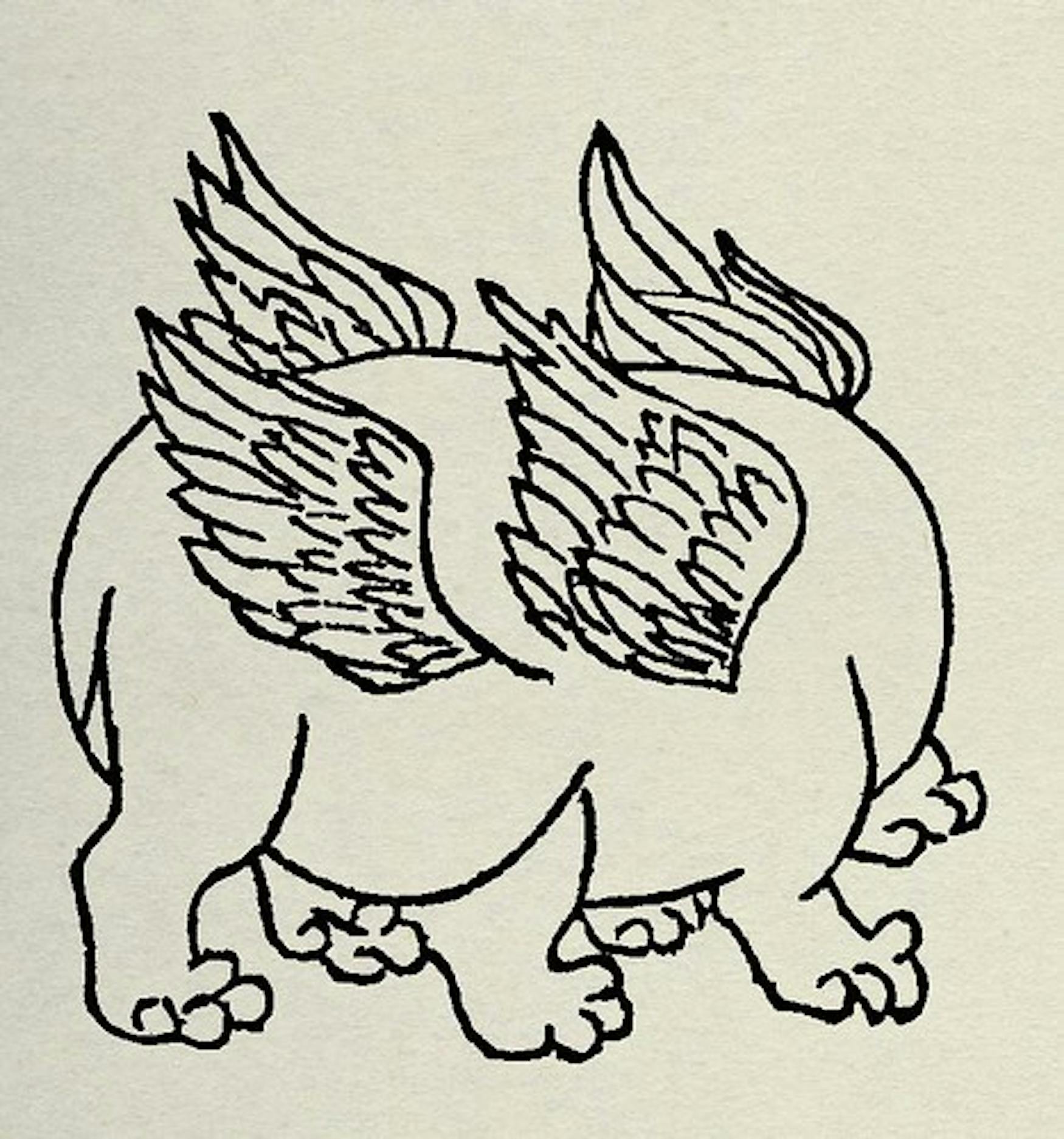Shang-Chi: Marvel’s response to Orientalism
One of the concerns when a major American company like Marvel does a film about Chinese or Eastern cultures in general is that they will portray a stereotype of that culture or misrepresent it. In the past, white actors have been cast to play the roles that Asian actors should have played. Instead of being cast in the lead roles, the Asian actors were given supporting roles or extra roles.
“Shang-Chi and the Legend of Ten Rings” does not do this. Instead, the movie takes its time fighting its cinematic predecessors and bringing Chinese culture squarely into the Marvel Cinematic Universe.
The usage of Mandarin in the movie was probably one of the more unique ways the movie leaned into the representation of China. The entire introductory dialogue is done in Mandarin and important conversations in the movie are also held in Mandarin — for instance, scenes where the father is being a good father to his children and when the mother is around are scenes depicted in Mandarin. When he is being shown as a conquering force, he speaks English. Also, several of the father’s henchmen are European to add to this theory. Dialogue — especially with characters from the magical city of Ta Lo — about important concepts, fighting style, or the love the mother had for her children are said in Mandarin while ordinary dialogue is conducted in English.
Another way that Chinese culture is incorporated into the movie is through the magical, protective creatures featured in the movie that all originated from various writings and visual depictions of Chinese culture and mythology. The lions from the movie are almost direct copies of guardian lion statues used in the real world as architectural ornaments. The horse creatures shown in the movie are Qilin unicorn creatures from mythology created as a response to the Chinese learning about giraffes. The nine-tailed-fox, dragon and the dijiang, a cheerful personification of chaos, are also represented.
The evil in the movie, besides the obvious soul-stealer/ dweller-in-darkness issue, was Westernization. While the father was Chinese, he had made it his mission to wipe out the magical village full of mythical Chinese creatures. The village condensed representations of Classical Chinese culture and seemed to represent tradition and respect of the old culture. Ta Lo’s fear of outsiders coming in and not only killing them and their creatures, but also releasing the evil they are protecting the world from adds to the feeling that globalization is creeping into traditional Chinese culture and threatening to wipe it out.
The movie also shows the juxtaposition of the old Chinese culture from China vs. American-born Chinese (ABC) culture. Awkwafina’s character, Katy’s, family in San Francisco mentions some of their beliefs: “moving on is an American trait.” Her grandmother also often asks when Katy and Shang plan to get married, which represents the older generations’ wishes for familial stability. Katy, however, enjoys going out and being independent and irresponsible, which is seen as a representation of the new generation and the disapproval her family has of these actions. A side note is that we are introduced to Morris (the dijiang) outside of the magical town taken from his homeland and held captive by a great destroying force, almost like a cultural icon being taken away from his homeland.
Feminism was another issue addressed in the movie. Katy tried breaking away from the stereotypes, as seen through conversations with her family and friends. Shang’s sister learning martial arts on her own and then building an empire and taking it over from her father also showed her capability and independence. This capability was solidified by the end credit sequence when she has entirely taken over her father’s empire and is teaching the women to fight side by side with the men.
In summary, I felt like the movie did a good job of proving, through the sensitivity they showed, that Marvel can respect other cultures and hopefully embark on a new decade of inclusive cinema.



Please note All comments are eligible for publication in The Justice.